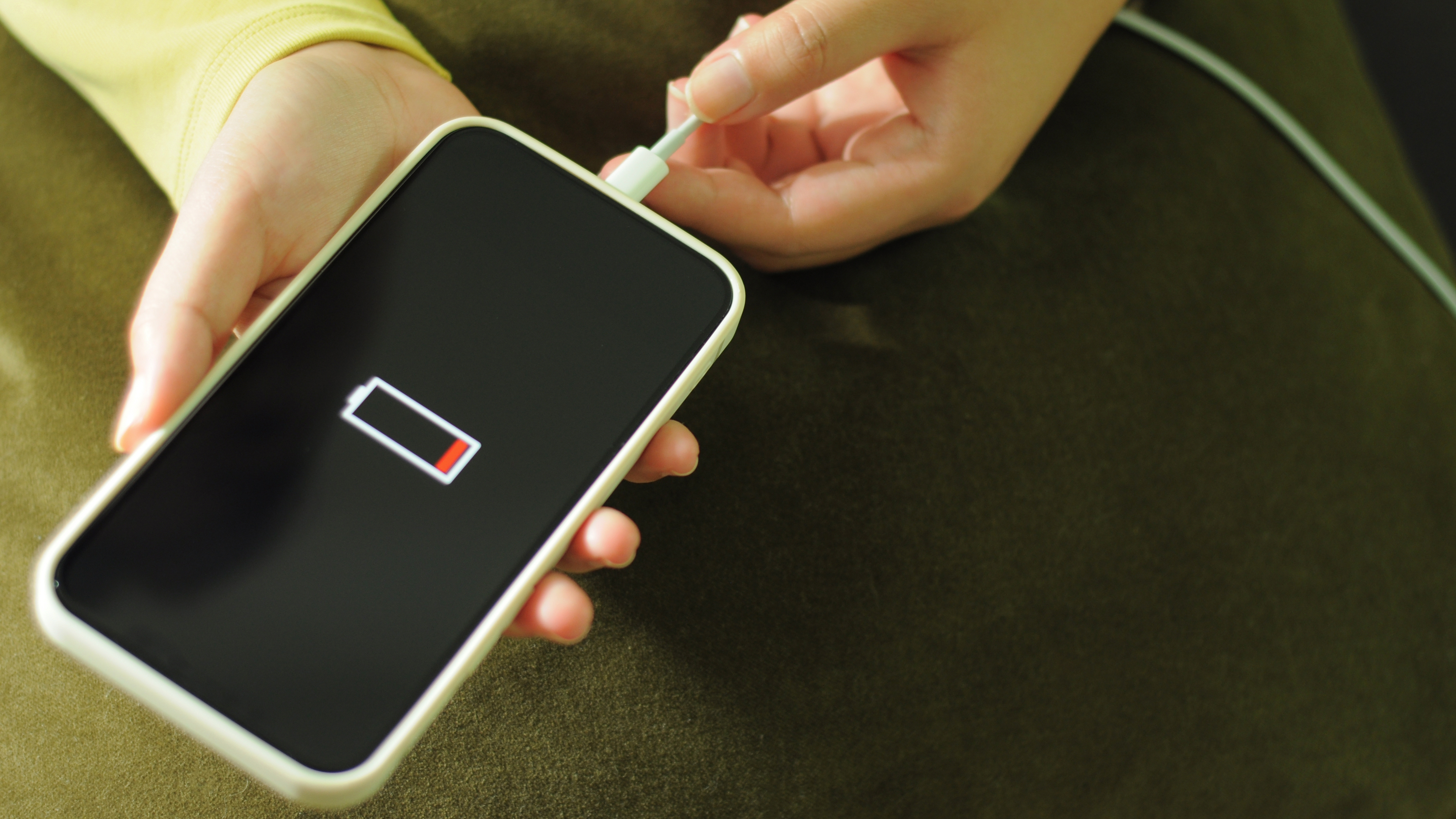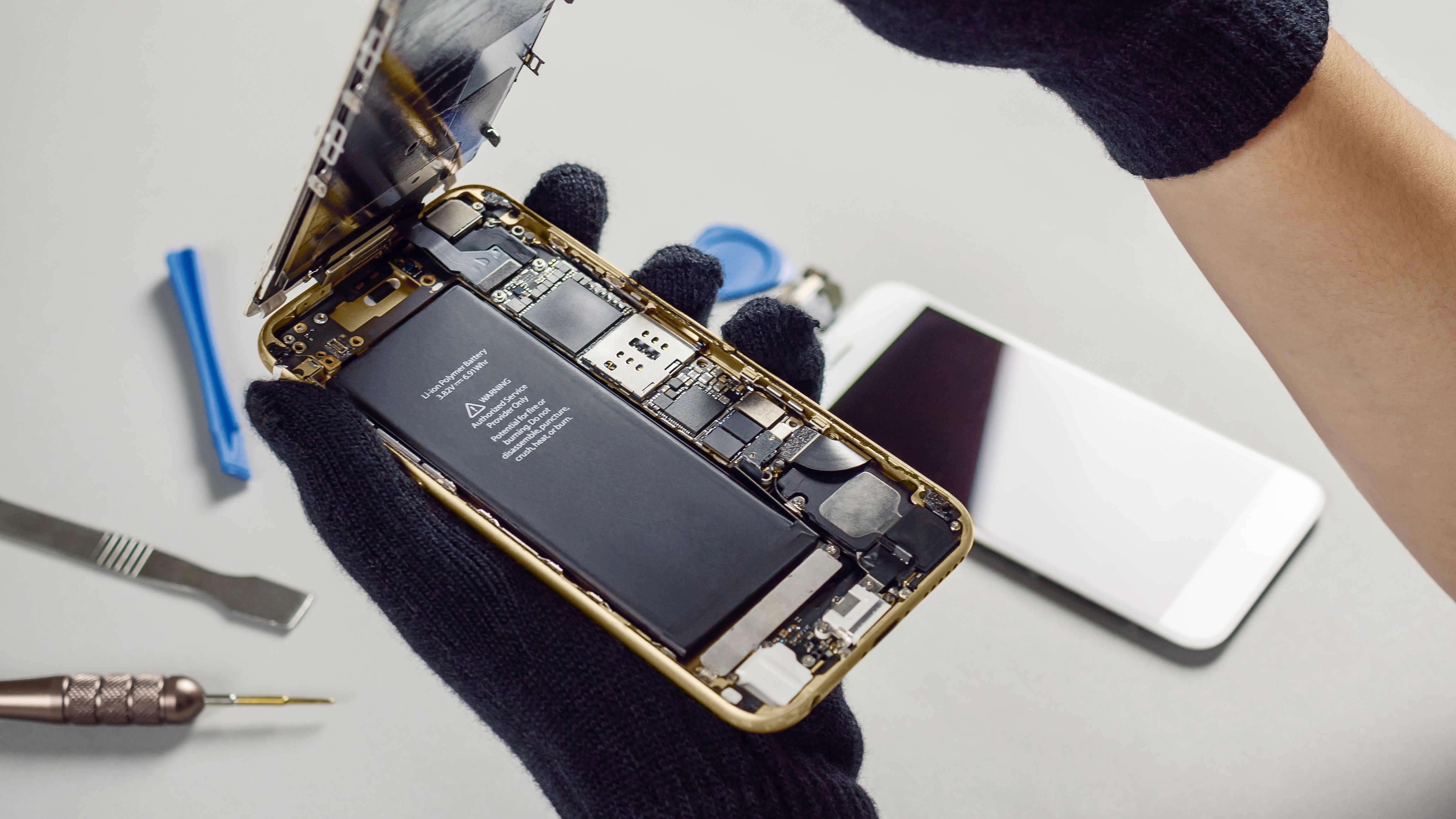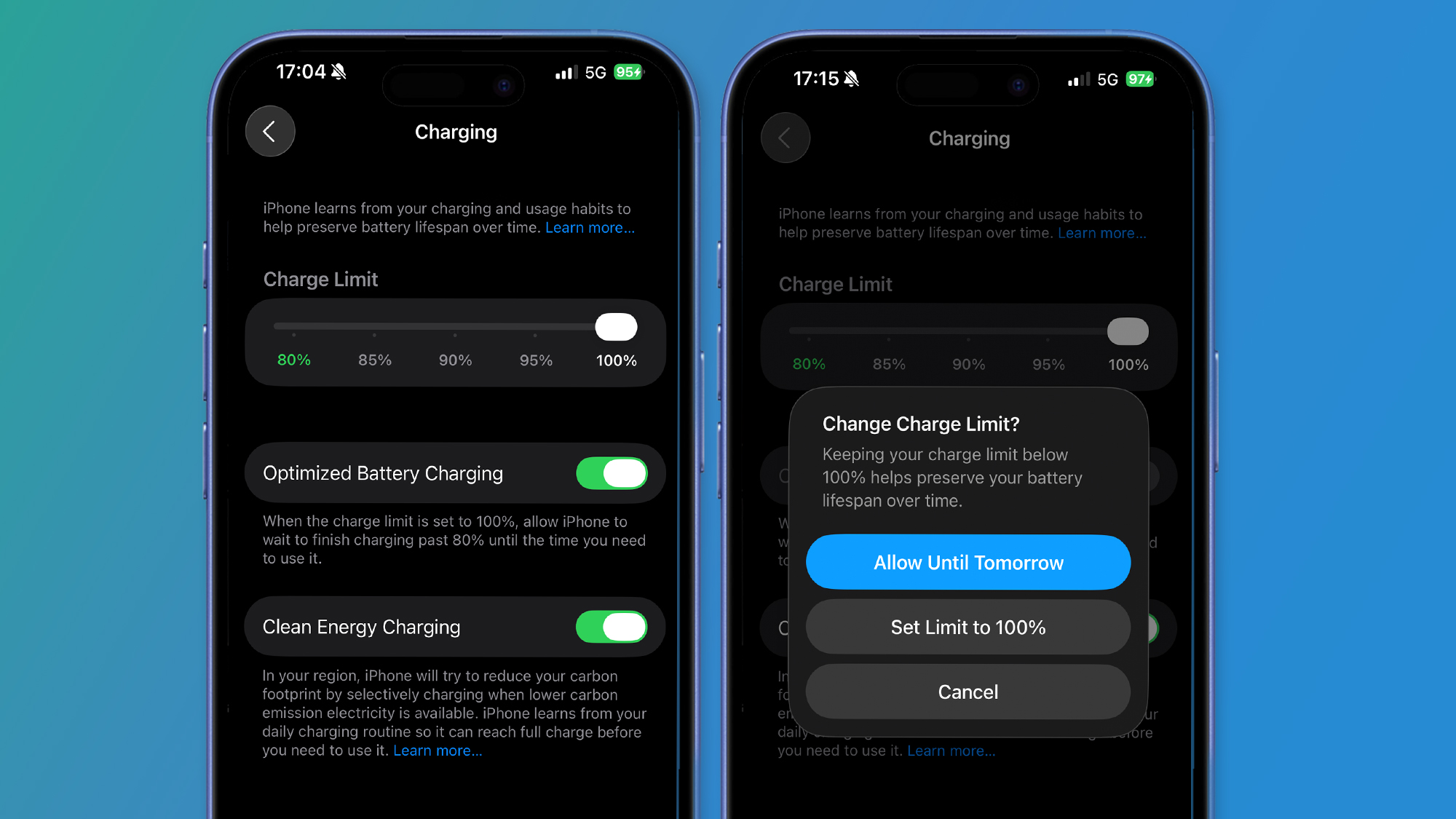Should you stop charging your phone battery to 100%? Here’s what experts say

Most of us don’t think much about how or when we charge our phones. Some people let their phone die completely, others plug it in every night without a second thought. But there’s actually more to it. Your phone’s battery charges and degrades over time, and how you charge it can play a role in that.
The idea that we shouldn’t charge our phones to 100% has become one of the biggest battery myths around. It sounds logical that if too much power can cause heat or even fires, then surely a full battery can 'overload', right? But is that really what’s happening?
To find out, we spoke to experts who explained what actually happens inside your phone's battery, where the myth came from, and what best practice looks like today.
The myth

A common 'myth', or so it's claimed, is that you should stop charging your battery once it reaches 100% otherwise you might damage your phone, your battery or both. The thinking is that a 'full battery can somehow overload. Or that leaving it plugged in too long will make it overheat or even catch fire.
That idea probably comes from the sense that electricity behaves like water, as if charging is like pouring into a cup that can overflow. Add to that the occasional news story about phones overheating or portable battery packs catching fire, and it’s easy to assume the danger lies in charging our phones to full and beyond.
Some phone users also get alerts about 'optimized charging' or 'scheduled charging', which further fuels the belief that topping up to 100% is harmful. And since we also associate power with heat, the idea that a phone might 'burn out' from overcharging does make some sense. But how much truth is there in this?
What experts say
“It is partly true, so not a complete myth,” says Associate Professor Ritesh Chugh, a socio-tech expert at Central Queensland University, Australia.
Sign up for breaking news, reviews, opinion, top tech deals, and more.
To understand why, we first need to understand a little about how batteries work.
Charging to 100% won’t destroy your phone, but keeping it full all the time can wear the battery faster. Keep it between 20% and 80% when you can, and avoid heat.
Modern smartphones use lithium-ion batteries, which gradually wear down each time they’re charged and discharged.
“Charging a phone battery is the process of removing lithium from the cobalt oxide cathode and putting it into the graphite anode,” explains Kent Griffith, an Assistant Professor of Chemistry and Biochemistry at University of California San Diego.
“When you use your device, lithium moves back from graphite toward cobalt oxide. It really wants to be next to the cobalt – this is the source of energy,” he says. “No phone battery actually removes 100% of the lithium, so a 100% state-of-charge might correspond to removing 60% of the lithium. If you stopped at 90%, that would be removing 54%.”
In other words, even when your phone says it's fully charged, it's not actually using its entire chemical capacity. There's a built-in buffer that prevents true overcharging and protects the battery from damage.

So where did the "don't charge to 100%" warning come from? According to Chugh, "the belief came from older battery technologies such as nickel-cadmium and nickel-metal hydride, which suffered from the ‘memory effect’ and lost capacity if fully charged too often,” he explains.
The memory effect meant these older batteries would “remember” a smaller capacity if they were recharged before being fully discharged. Over time, that reduced how much energy they could actually hold.
But when lithium-ion batteries replaced these older types, that advice stuck.
So what should we do now? “Modern lithium-ion batteries work best when charged regularly and kept between roughly 20% and 80%” says Chugh.
But he explains that most smartphone manufacturers do have built-in protections. “For example, Apple’s iPhones use optimized battery charging, which learns when you usually charge your phone and delays charging past 80% until just before you need it.”

That means charging to 100% now and again is fine. It’s not like doing it once will destroy yout phone. “But keeping the battery at full charge for long periods or constantly charging to 100% can speed up battery wear over time,” Chugh says.
But even Griffith admits he doesn’t stress about it. “I charge my phone to 100% every night,” he says. “It’s worth the convenience of lasting longer during the day. If I have to replace the battery after 3 years, so be it, but that hasn’t happened yet.”
The bigger risks come from heat and poor-quality chargers. “Keep your device cool while charging – don’t charge under a pillow or in direct sunlight,” Griffith advises. “And use a reputable charger, as it affects how much lithium will be removed and how quickly. Faulty chargers can lead to safety issues or battery degradation.”
So while charging to 100% won’t “ruin” your phone, it can make your battery age faster. Luckily, most modern smartphones do have settings now to help you optimize charging, but a good rule of thumb is balancing convenience with constant overcharging.

Becca is a contributor to TechRadar, a freelance journalist and author. She’s been writing about consumer tech and popular science for more than ten years, covering all kinds of topics, including why robots have eyes and whether we’ll experience the overview effect one day. She’s particularly interested in VR/AR, wearables, digital health, space tech and chatting to experts and academics about the future. She’s contributed to TechRadar, T3, Wired, New Scientist, The Guardian, Inverse and many more. Her first book, Screen Time, came out in January 2021 with Bonnier Books. She loves science-fiction, brutalist architecture, and spending too much time floating through space in virtual reality.
You must confirm your public display name before commenting
Please logout and then login again, you will then be prompted to enter your display name.